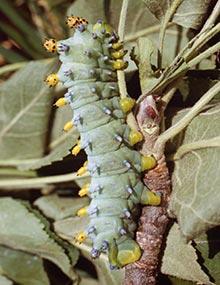

Caterpillars in Your Yard and Garden, Page 09
Reviewed
Cecropia moth caterpillars (Hyalophora cecropia) are present from May to August. They produce one generation per year.
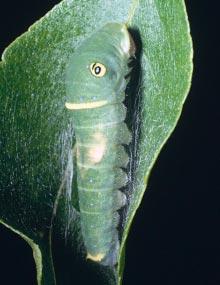
Caterpillars in Your Yard and Garden, Page 44
Reviewed
Tiger swallowtail caterpillars (Papilio glaucus) are present from May to October. They produce two to three generations per year. Preferred host plants include hoptree, birch, tulip tree, ash, basswood, cherry, apple, willow and magnolia.
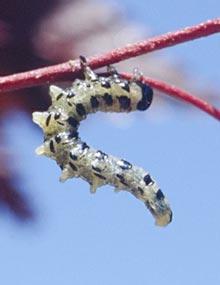
Caterpillars in Your Yard and Garden, Page 12
Reviewed
Dusty birch sawfly caterpillars (Croesus latitarsus) are present in summer and fall. They produce two to three generations per year.
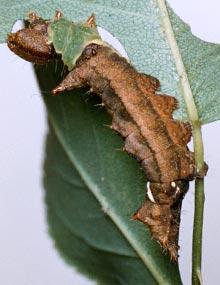
Caterpillars in Your Yard and Garden, Page 47
Reviewed
Unicorn caterpillars (Schizura unicornis) are present from summer to fall. They produce one generation per year.
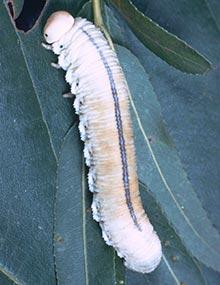
Caterpillars in Your Yard and Garden, Page 15
Reviewed
Elm sawfly caterpillars (Cimbex americana) are present from summer to fall. They produce one generation per year.
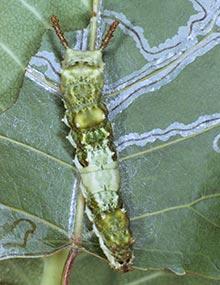
Caterpillars in Your Yard and Garden, Page 50
Reviewed
Viceroy caterpillars (Limenitis archippus) are present from early summer to fall. They produce two generations per year.
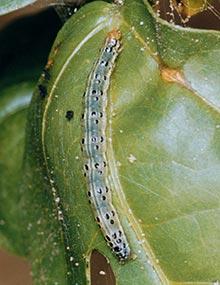
Caterpillars in Your Yard and Garden, Page 18
Reviewed
Garden webworm caterpillars (Achyra rantalis) are present from late spring to fall. They produce two to three generations per year.
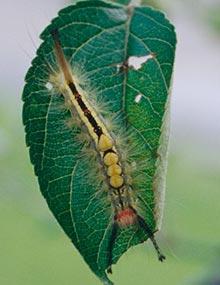
Caterpillars in Your Yard and Garden, Page 53
Reviewed
Whitemarked tussock moth caterpillars (Orgyia leucostigma) are present from May to October. They produce two generations per year.
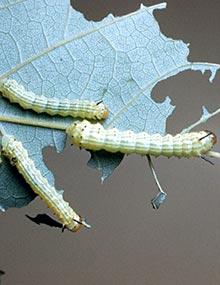
Caterpillars in Your Yard and Garden, Page 21
Reviewed
Greenstriped mapleworm caterpillars (Dryocampa rubicunda) are present from late spring to late fall. They produce one to two generations per year.
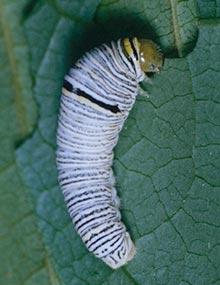
Caterpillars in Your Yard and Garden, Page 56
Reviewed
Zebra swallowtail caterpillars (Graphium marcellus) are present from May to November. They produce two to three generations per year.
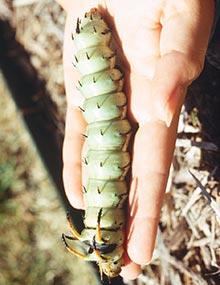
Caterpillars in Your Yard and Garden, Page 24
Reviewed
Hickory horned devil caterpillars (Citheronia regalis) are present from July to October. They produce two generations per year.
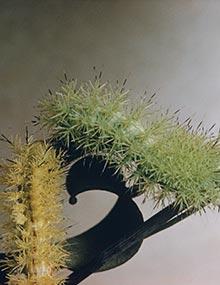
Caterpillars in Your Yard and Garden, Page 27
Reviewed
Io moth caterpillars (Automeris io) are present from July to October. They produce two generations per year.
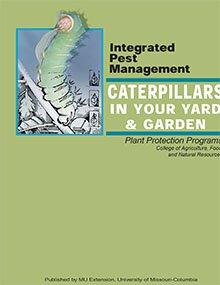
Caterpillars in Your Yard and Garden
Reviewed
Caterpillars are some of the most easily observed insects in backyards and gardens. Learn to identify them so you will know what type of butterflies or moths they will turn into.
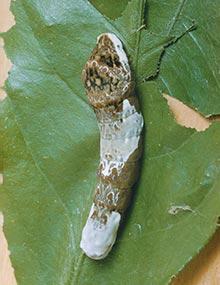
Caterpillars in Your Yard and Garden, Page 30
Reviewed
Orangedog caterpillars (Papilio cresphontes) are present from July to October. They produce two generations per year. They are considered a pest to citrus trees.
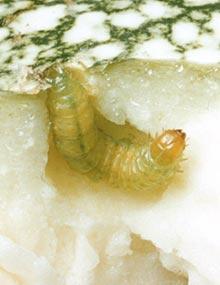
Caterpillars in Your Yard and Garden, Page 33
Reviewed
Pickleworm caterpillars (Diaphania nitidalis) are present from summer to fall. They produce two to three generations per year.
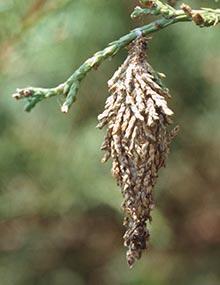
Caterpillars in Your Yard and Garden, Page 04
Reviewed
Bagworm caterpillars (Thyridopteryx ephemeraeformis) are present from early June to August. They produce one generation per year.
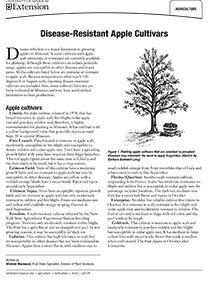
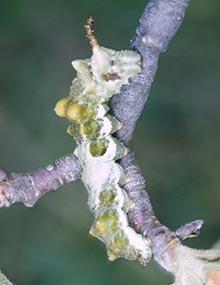
Caterpillars in Your Yard and Garden, Page 36
Reviewed
Red-spotted purple caterpillars (Limenitis arthemis) are present from early summer to fall. They produce two generations per year.
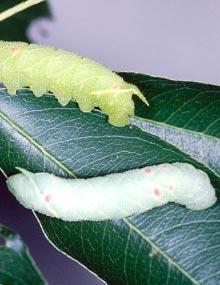
Caterpillars in Your Yard and Garden, Page 39
Reviewed
Smalleyed sphinx caterpillars (Paonias myops) are present from May through September. They produce multiple generations per year.
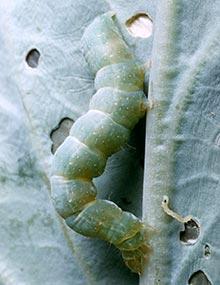
Caterpillars in Your Yard and Garden, Page 07
Reviewed
Cabbage looper caterpillars (Trichoplusia ni) are present from late spring to fall. They produce two to three generations per year.
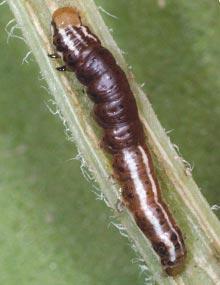
Caterpillars in Your Yard and Garden, Page 42
Reviewed
Stalk borer caterpillars (Papaipema nebris) are present from May to August. They produce one generation per year.
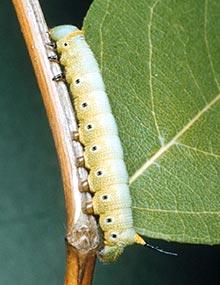
Caterpillars in Your Yard and Garden, Page 10
Reviewed
Clearwinged sphinx caterpillars (Hemaris diffinis) are present from April to September. They produce two generations per year.
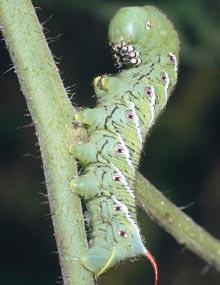
Caterpillars in Your Yard and Garden, Page 45
Reviewed
Learn to identify and manage tobacco and tomato hornworms in your garden with tips on appearance, feeding habits, and control methods.
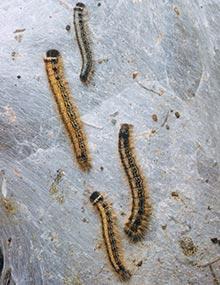
Caterpillars in Your Yard and Garden, Page 13
Reviewed
Eastern tent caterpillars (Malacosoma americanum) are present from early spring to June. They produce one generation per year.
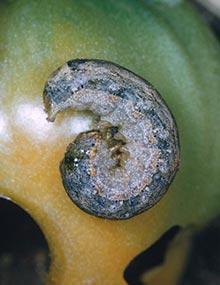
Caterpillars in Your Yard and Garden, Page 48
Reviewed
Variegated cutworm caterpillars (Peridroma saucia) are present from late spring to early summer. They produce two to four generations per year.